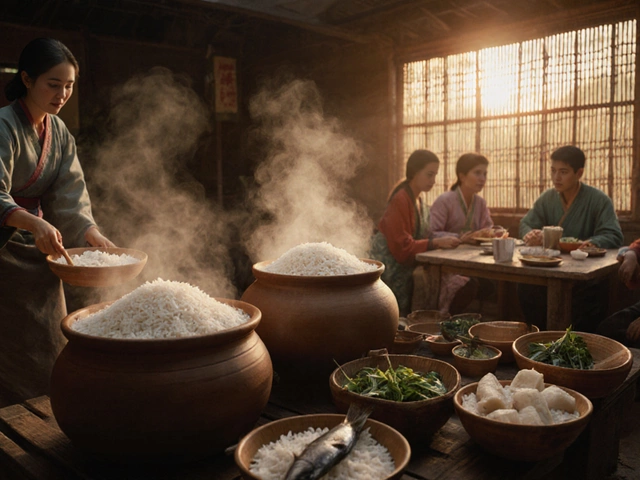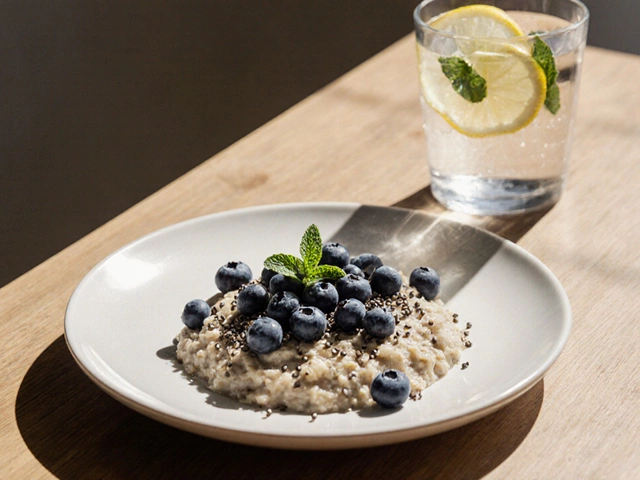Pasta Recipes – Simple, Flavorful Dishes for Every Meal
Got a pot of pasta on the stove and not sure what to do next? You’re not alone. Pasta is cheap, quick, and works with almost any ingredient you have. Whether you love classic Italian sauces or want to add a splash of Delhi spice, these ideas will get you from empty bowl to satisfied in minutes.
Quick Sauces You Can Whip Up in 10 Minutes
Start with a base you already keep in the pantry: canned tomatoes, garlic, and a pinch of chili. Heat a little oil, toss in minced garlic, and let it sizzle for 30 seconds. Add the tomatoes, a splash of water, and simmer while the pasta cooks. Finish with fresh herbs or a dash of garam masala for an Indian twist. The sauce stays light, bright, and ready the moment the pasta is al dente.
If you’re short on time, try a butter‑cream sauce. Melt butter, stir in a spoonful of cream, and sprinkle grated cheese. Add a pinch of turmeric or smoked paprika for color and flavor. This sauce clings to any shape – spaghetti, penne, or even the rare ribbons you might find in specialty stores.
Cooking Perfect Pasta Every Time
Big mistake many make is under‑salting the water. Add a handful of salt once it boils – the water should taste like the sea. This is the only real seasoning the pasta gets before the sauce meets it.
Timing matters. Follow the package for al dente, but check a minute early. Bite the noodle; it should be firm in the center, not mushy. Drain, but reserve a cup of cooking water. Adding a splash of that water to your sauce helps everything bind together without a heavy cream finish.
For a spark of authenticity, try the pasta that Italians really eat. Look for shapes like orecchiette or trofie – they hold chunky sauces better than smooth spaghetti. If you’re feeling adventurous, explore the rarest pasta in Italy. You might find a small batch of hand‑rolled noodles at a specialty shop. Cooking them the same way as regular pasta gives you a taste of a true regional dish.
Once your pasta and sauce are ready, mix them in the pan for a minute. This lets the noodles soak up the flavors. Top with a drizzle of olive oil, a handful of fresh cilantro or basil, and you’ve got a dish that feels both home‑cooked and restaurant‑ready.
Need a veggie boost? Toss in chopped spinach, peas, or roasted cauliflower during the last two minutes of cooking. The heat wilts the greens just enough and adds texture without extra work.
Finally, remember that leftovers taste even better. Store the pasta and sauce separately in airtight containers. Reheat gently on the stove with a splash of water, and you’ll still enjoy a fresh‑tasting meal the next day.
With these tips, pasta stops being a boring side and becomes a canvas for whatever flavors you crave. Grab a pot, start boiling, and let the sauce tell the story of your kitchen.
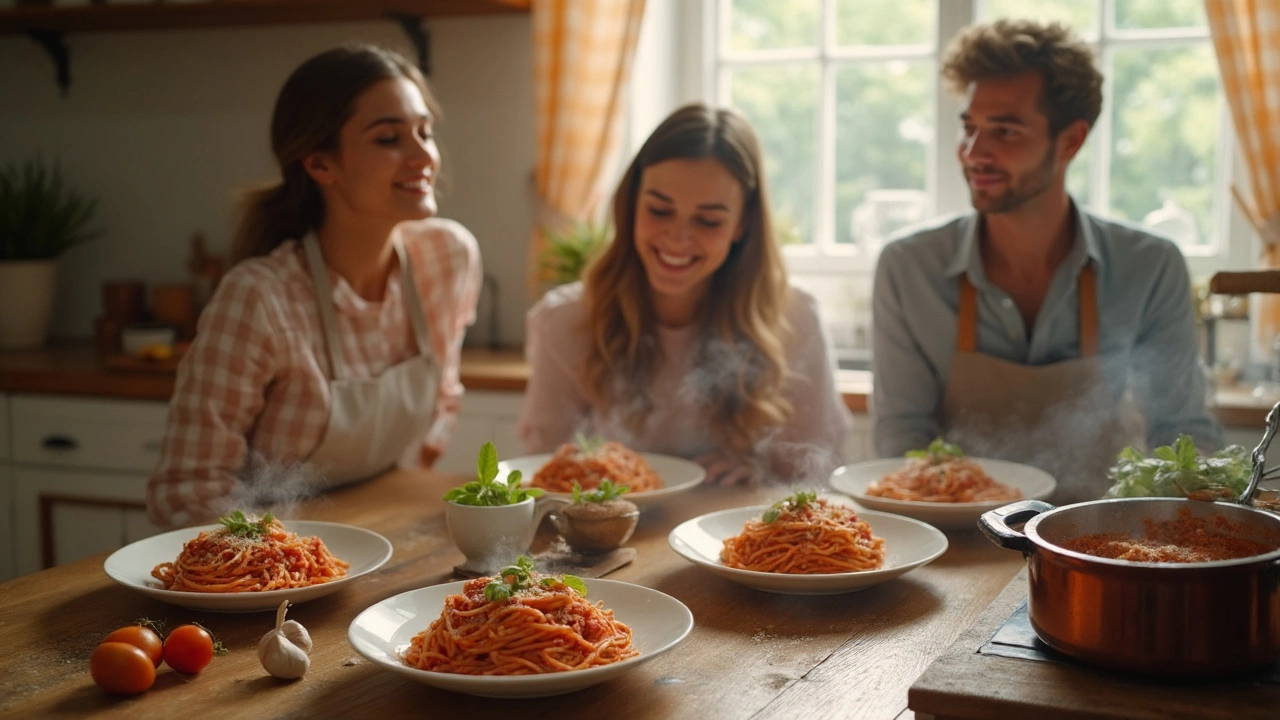
Most Popular Pasta Dish: What Everybody Loves (And Why)
by Landon Weathers / 6 Jun 2025Ever wondered which pasta dish gets the most love around the world? This article breaks down the champion of pasta dishes, reveals why it's so adored, and shares ways you can make it at home. You'll get surprising fun facts, tips for easy tweaks, and advice to take your pasta game up a notch. Learn what sets this dish apart and how to serve it like a pro. Get ready for real-world ideas you can actually use in your kitchen.
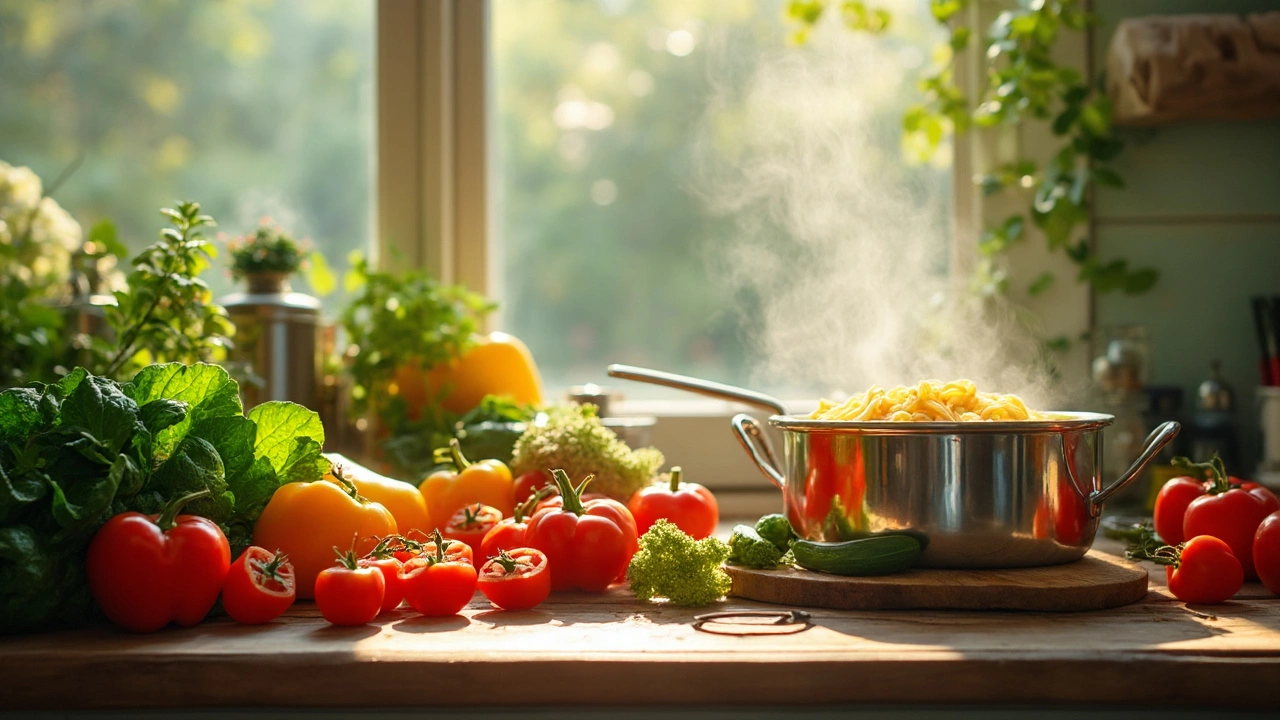
Best Veggies for Pasta: Top Picks and Simple Tips
by Landon Weathers / 30 May 2025Wondering which veggies go best in pasta dishes? Here's a hands-on guide that breaks down the top choices, why they work, and how to use them. You'll get the inside scoop on flavor combos, the best ways to cook your veggies, and practical tips to upgrade any pasta meal. Perfect for weeknight dinners or when you want to sneak more greens into your bowl. No guesswork—just straight-up advice that actually makes pasta taste better.
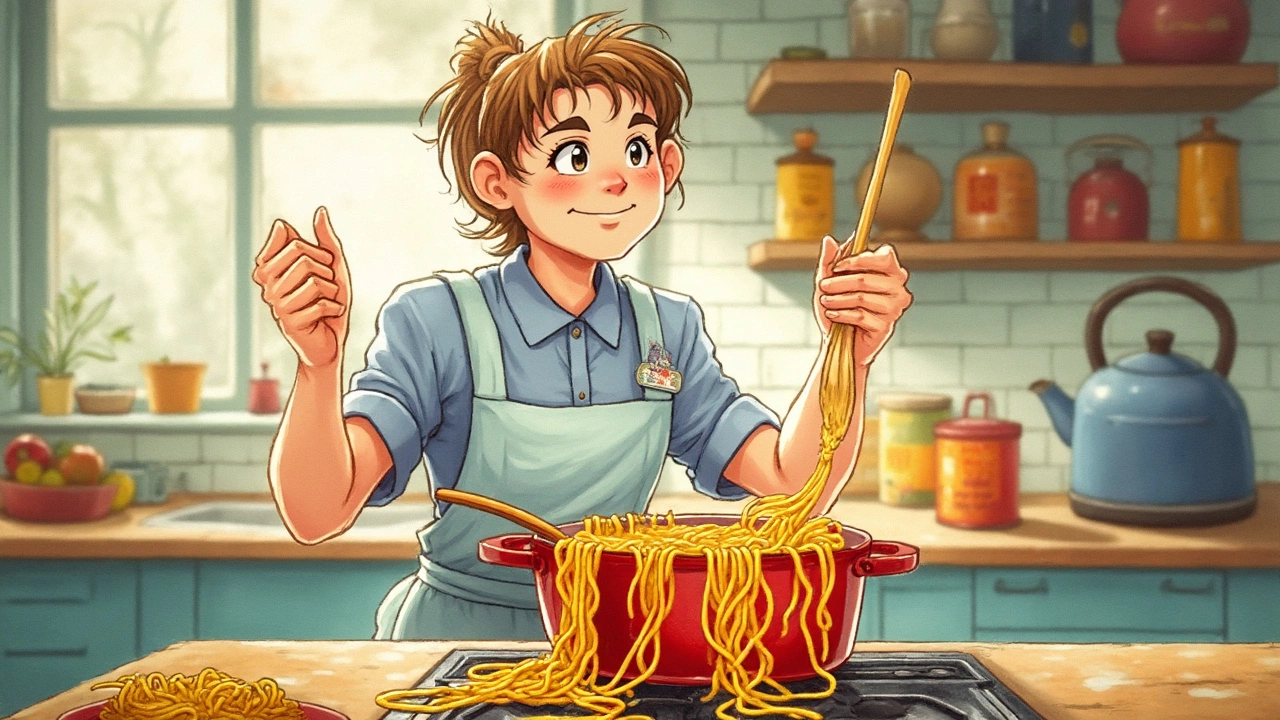
What Not to Do When Making Pasta: Common Mistakes to Avoid
by Landon Weathers / 15 May 2025Messing up pasta is easier than you think, but once you spot the rookie mistakes, you'll never end up with bland, sticky, or mushy noodles again. This article breaks down the biggest pasta blunders people make, from bad boiling habits to bland sauces. You'll learn how to avoid watery disasters, overcooked noodles, and flavorless bites. Get practical tips for every step, so your next bowl comes out perfect. No more soggy spaghetti or tasteless penne—promise.
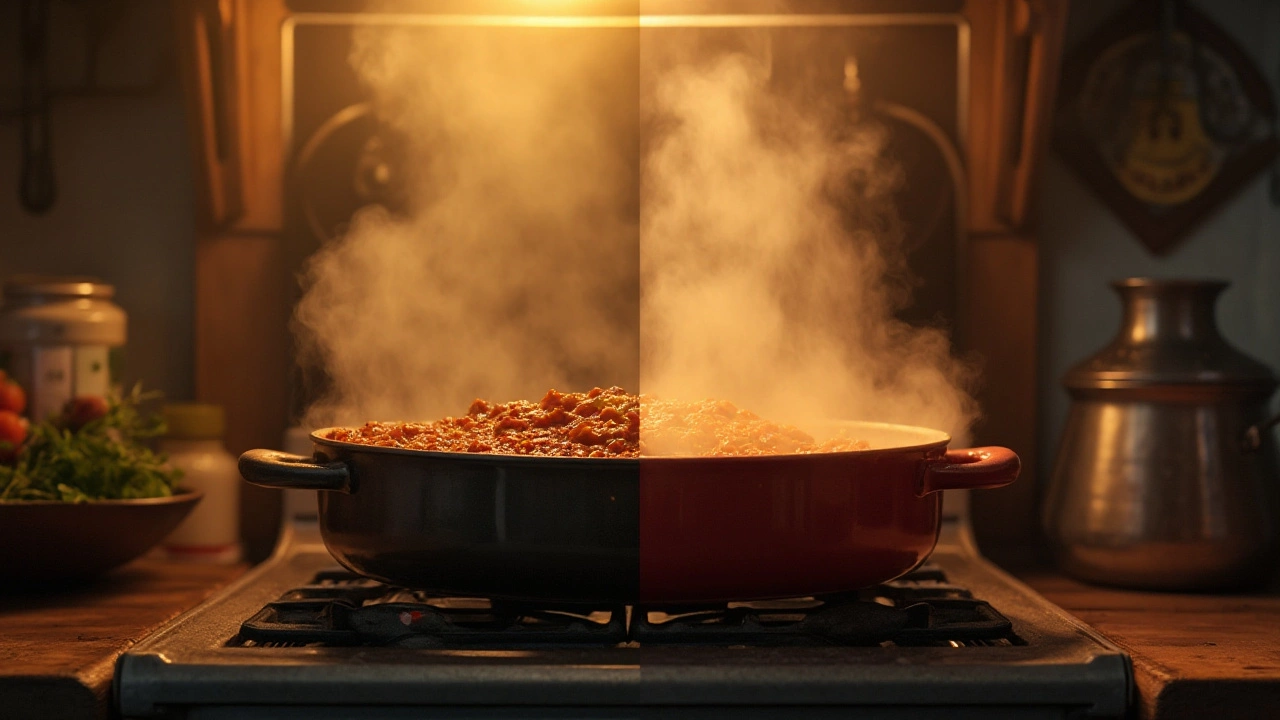
Simmering Spaghetti Sauce: Lid On or Off?
by Landon Weathers / 31 Jan 2025The debate between simmering spaghetti sauce with the lid on or off can greatly influence the final taste and texture. Each method has its purposes, with lid on trapping moisture and flavors, while lid off reduces and thickens the sauce. This article will explore both techniques, offering tips to enhance your sauce-making process. Perfecting your simmering strategy can elevate your pasta dishes to new culinary heights.

